Amazing Storm Pictures Definition
Source(Google.com.pk)A storm is any disturbed state of an astronomical body's atmosphere especially affecting its surface, and strongly implying severe weather. It may be marked by strong wind, hail, thunder and/or lightning (a thunderstorm), heavy precipitation (snowstorm, rainstorm), heavy freezing rain (ice storm), strong winds (tropical cyclone, windstorm), or wind transporting some substance through the atmosphere as in a dust storm, blizzard, sandstorm, etc. Storms generally lead to negative impacts to lives and property such as storm surge, heavy rain or snow (causing flooding or road impassibility), lightning, wildfires, and vertical wind shear; however, systems with significant rainfall can alleviate drought in places they move through. Heavy snowfall can allow special recreational activities to take place which would not be possible otherwise, such as skiing and snowmobiling.
Desert storms are often accompanied by violent winds, and pass rapidly[1]
The English word comes from Proto-Germanic *sturmaz meaning "noise, tumult".
Types
3-second video of a lightning strike within a thunderstorm over Island in the Sky, Canyonlands National Park
Classic storm of summer, in Sierras de Córdoba, Argentina
There are many varieties and names for storms.
Ice storm – Ice storms are one of the most dangerous forms of winter storms. When surface temperatures are below freezing, but a thick layer of above freezing air remains aloft above ground level, rain can fall into the freezing layer and freeze upon impact into a glaze which is known as Freezing Rain. In general, 8 millimetres (0.31 in) of accumulation is all that is required, especially in combination with breezy conditions, to start downing power lines as well as tree limbs.[2] Ice storms also make unheated road surfaces too slick to drive upon. Ice storms can vary in time range from hours to days and can cripple both small towns and large urban centers alike.
Blizzard – There are varying definitions for blizzards, both over time and by location. In general, a blizzard is accompanied by gale-force winds, heavy snow (accumulating at a rate of at least 5 centimeters (2 in) per hour), and very cold conditions (below approximately -10 degrees Celsius or 14 F). As of late, the temperature criterion has fallen out of the definition across the United States[3]
Snowstorm – A heavy fall of snow accumulating at a rate of more than 5 centimeters (2 in) per hour that lasts several hours. Snow storms, especially ones with a high liquid equivalent and breezy conditions, can down tree limbs, cut off power, and paralyze travel over a large region.
Ocean Storm – Storm conditions out at sea are defined as having sustained winds of 48 knots (55 mph or 90 km/h) or greater.[4] Usually just referred to as a storm, these systems can sink vessels of all types and sizes.
Firestorm – Firestorms are conflagrations which attain such intensity that they create and sustain their own wind systems. It is most commonly a natural phenomenon, created during some of the largest bushfires, forest fires, and wildfires. The Peshtigo Fire is one example of a firestorm. Firestorms can also be deliberate effects of targeted explosives such as occurred as a result of the aerial bombings of Dresden and Tokyo during World War II. Nuclear detonations almost invariably generate firestorms
Dust devil – a small, localized updraft of rising air.
Wind storm – A storm marked by high wind with little or no precipitation.[5] Windstorm damage often opens the door for massive amounts of water and debris to cause further damage to a structure.[6] European windstorms and derechos are two type of windstorms.[7]
Squall – sudden onset of wind increase of at least 16 knots (30 km/h) or greater sustained for at least one minute.
Gale – An extratropical storm with sustained winds between 34-48 knots (39-55 mph or 63–90 km/h).[4]
Thunderstorm – A thunderstorm is a type of storm that generates lightning and the attendant thunder. It is normally accompanied by heavy precipitation. Thunderstorms occur throughout the world, with the highest frequency in tropical rainforest regions where there are conditions of high humidity and temperature along with atmospheric instability. These storms occur when high levels of condensation form in a volume of unstable air that generates deep, rapid, upward motion in the atmosphere. The heat energy creates powerful rising air currents that swirl upwards to the tropopause. Cool descending air currents produce strong downdraughts below the storm. After the storm has spent its energy, the rising currents die away and downdraughts break up the cloud. Individual storm clouds can measure 2–10 km across.
Tropical cyclone – A tropical cyclone is a storm system with a closed circulation around a centre of low pressure, fueled by the heat released when moist air rises and condenses. The name underscores its origin in the tropics and their cyclonic nature. Tropical cyclones are distinguished from other cyclonic storms such as nor'easters and polar lows by the heat mechanism that fuels them, which makes them "warm core" storm systems.
Tropical cyclones form in the oceans if the conditions in the area are favorable, and depending on their strength and location, there are various terms by which they are called, such as tropical depression, tropical storm, hurricane and typhoon.[8]
Hailstorm – a type of storm that precipitates round chunks of ice. Hailstorms usually occur during regular thunder storms. While most of the hail that precipitates from the clouds is fairly small and virtually harmless, there are occasional occurrences of hail greater than 2 inches in diameter that can cause much damage and injuries.
Tornado – A tornado is a violent, destructive wind storm occurring on land. Usually its appearance is that of a dark, funnel-shaped cyclone. Often tornadoes are preceded by a thunderstorm and a wall cloud. They are often called the most destructive of storms, and while they form all over the world, the interior of the United States is the most prone area, especially throughout Tornado Alley.
Amazing Storm Pictures
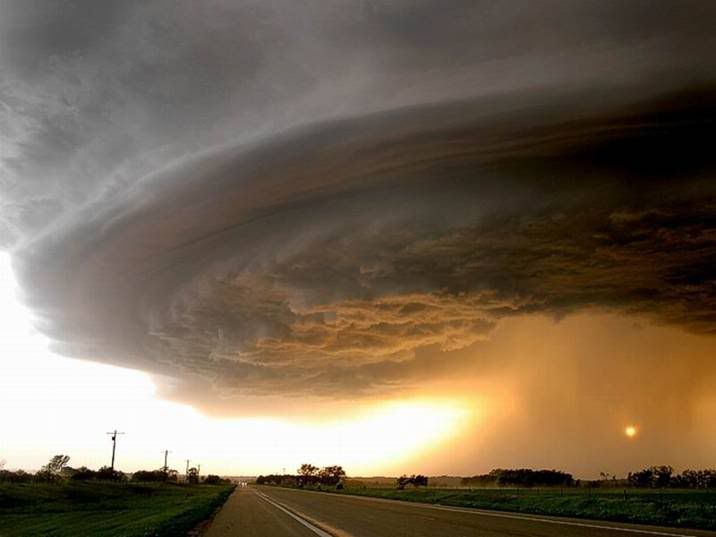
Amazing Storm Pictures

Amazing Storm Pictures
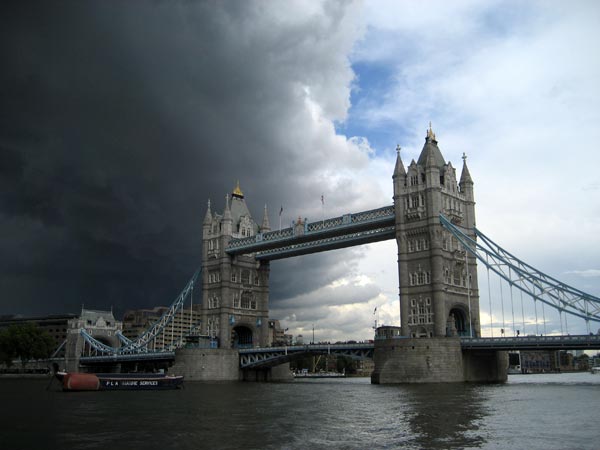
Amazing Storm Pictures
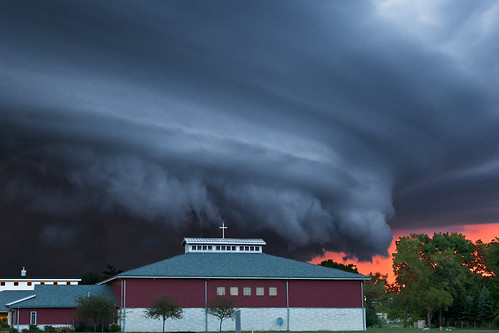
Amazing Storm Pictures

Amazing Storm Pictures

Amazing Storm Pictures

Amazing Storm Pictures
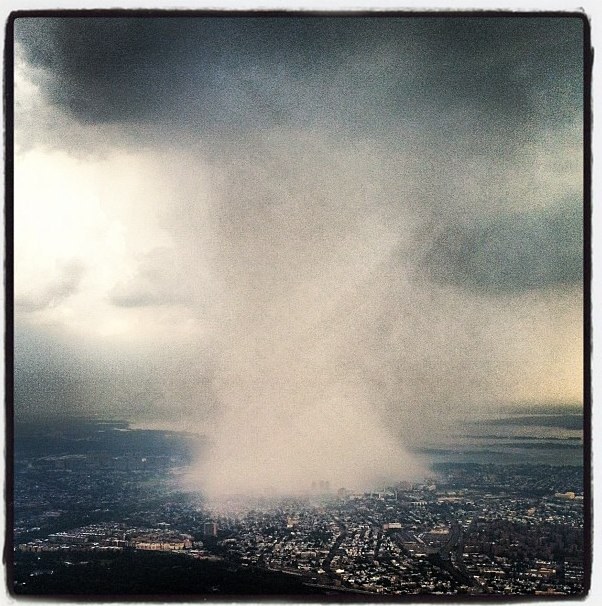
Amazing Storm Pictures

Amazing Storm Pictures

Amazing Storm Pictures

Amazing Storm Pictures
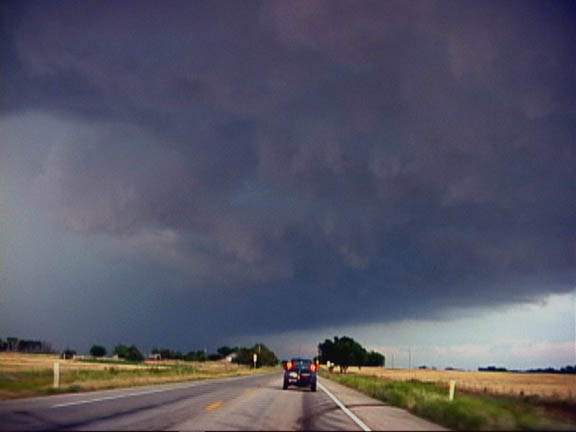
Amazing Storm Pictures

Amazing Storm Pictures

These are mostly pictures of what are known as derechos
ReplyDeleteYoBit enables you to claim FREE COINS from over 100 unique crypto-currencies, you complete a captcha one time and claim as many as coins you can from the available offers.
ReplyDeleteAfter you make about 20-30 claims, you complete the captcha and continue claiming.
You can press claim as many times as 30 times per one captcha.
The coins will stored in your account, and you can exchange them to Bitcoins or USD.